On Friday, after work, I decided to go to Kyoto, the former capital of Japan and probably the most attractive city for the tourists in the whole country. As I had only 24 hours in total to get there, stay overnight, visit the city during the day and to get back, I chose the quickest option – to travel 2,5 hours with the fastest Shinkansen called Nozomi.
Shinkansen from Tokyo to Kyoto departs from two stations: Tokyo and Shinagawa. Visit the JR service center in order to purchase the Shinkansen ticket and ask the sales agent all questions you have in mind about your upcoming trip. A return ticket costs about 26000 yen (200 Euro). You can buy two types of tickets, reserved or non-reserved seat (the difference on price will be about 1000 yen). If you bought a non-reserved ticket, as I did, rather board on the Tokyo station, as this is the first station on the line and you will have better chances to get a good seat than at the Shinagawa station. By the way, the metro ride in Tokyo to the Shinkansen station is included in the ticket.
Staying in a ryokan
In Kyoto, I stayed in the city center in a ryokan (Gion Ryokan Q-beh). Ryokan is a traditional Japanese hotel featuring tatami flooring, sliding doors, communal baths and large common area where guests can chat with each other and with the host. Usually, ryokans are more expensive than other hotels, however I was able to find a bed in a shared ladies-only room for 27 Euro. Very often, a traditional Japanese meal, kaiseki, is included in the price and the guests are provided with a yukata (a simple kimono) for wearing inside the ryokan, but this was not my case. I needed a simple place to sleep and still was curious how a ryokan looks like.
Sushi train CHOJIRO
In the evening, I only visited the Gion area in hope to see a geisha or maiko the Pontocho area for dinner. As I couldn’t get enough of sushi, I went to CHOJIRO Shijo Kiyamachi (103-2 Hashimotochō, Shimogyō-ku, Kyōto-shi, Kyōto-fu 600-8011, Japan). This restaurant features a classical sushi train, but you can also order using a personal display. Especially in the evening, you will probably face a line and have to wait about 10-15 minutes to get seated, but the food is worth the waiting time.
Spotting a geisha in Gion
Probably everyone who visits the Gion area in the evening (6 to 12 pm) is anticipating sudden appearance of a geisha or a maiko (apprentice geisha) running errands. I’ve heard the in the last years the tourist oppression forced these ladies to take a taxi rather than walking around on foot. Indeed, I’ve seen several geishas or maikos in the back seat of a taxi but I was as well lucky to see one getting off the taxi, thanking the driver and running across the street. Poor thing, several tourists we running after her with a camera in their hands.
For the next day, I drafted the following route and was able to follow it, though in quite a tempo. The city is much bigger than I have imagined. Though I stayed in the historical center and started exploring surroundings from there, I had to use public transport to reach some of the destination points.
From there I proceeded to the Yasui Konpiragu Shrine – 4 min. This shrine became especially popular among young Japanese women who believe that the special ritual involving the large enmubisi stone releases you from unhappy relationships and initiates good ones. In the morning, indeed, I have seen a long line of women queuing to buy a katashiro (white paper amulet) in order to write their wishes on it, then to crawl through the hole in the stone and subsequently to pin the amulet on the stone (which you cannot see anymore because of millions of amulets covering it completely).
Chion-in and Nanzen-ji
After passing by the queue, I headed to Chion-in (https://www.chion-in.or.jp/en/), a temple hosting Japan’s largest temple bell, and reached it within 12 minutes. Visit of the territories is for free, but you have to pay a fee to visit the gardens.
After, I skipped entering Murin-ji (800 yen entrance fee) – 12 min and went directly to Nanzen-ji – another 8 min by foot.
After visiting Nanzen-ji, I headed to the Ginkaku-ji Temple and part of the way (after walking 20 minutes) followed the Philosophers‘ Path for about 10 minutes.
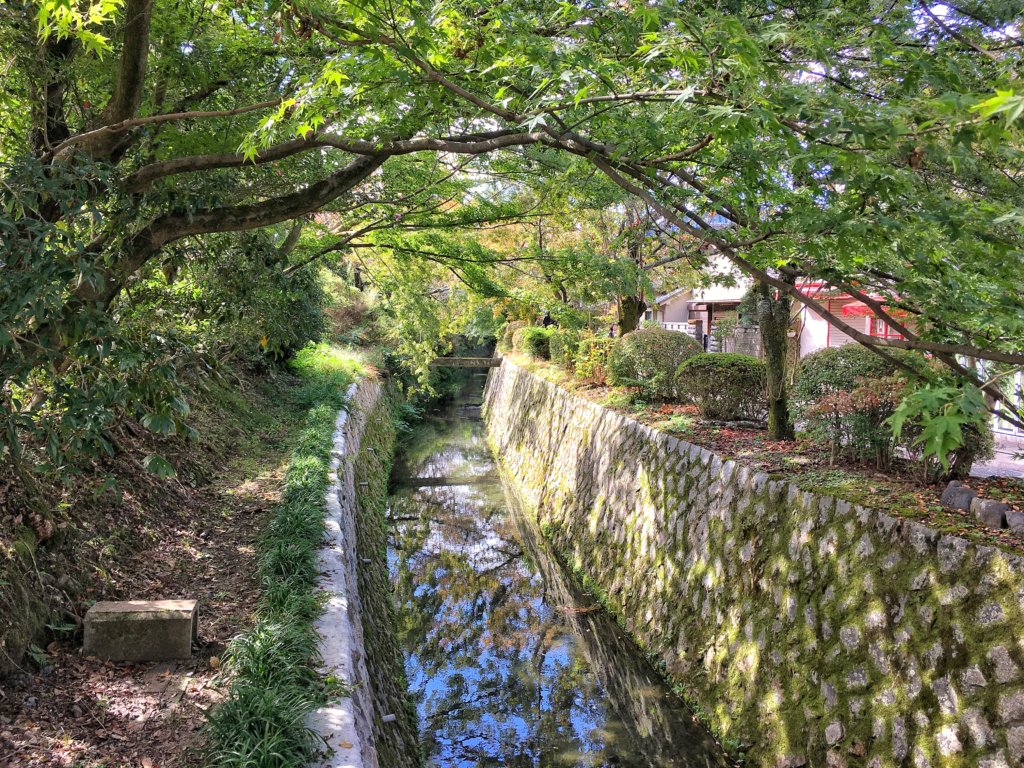
Ginkaku-ji
This Zen temple was established in 1482 is famous for its garden. It is indeed splendid, especially in Mid-November, during the foliage. If you take an easy climb following the visitors’ path, you will be rewarded with a panoramic view of the whole Kyoto behind the picturesque garden. The entrance fee is 500 yen.
Kinkaku-ji
In order to get to Kinkaku-ji, I walked to the bus stop Ginkakuji-Michi (6 min) and took the bus nr. 56. The bus ride was about 22 minutes (15 stops) and cost 230 yen (fix price for a bus ride independently of how many stations you pass). I got off the bus at the Kitano Hakubaicho bus stop and walked about 20 minutes to the entrance to Kinkaku-ji. Probably, a better option would have been to wait for the bus 102 (tourist route bus) which goes directly there from Ginkakuji-Michi, but back then I didn’t know if the bus 102 stops there.
Kinkaku-ji, the Temple of the Golden Pavilion, is probably the most-visited place in Kyoto. The pond with the Golden Pavilion is the center of the temple garden. The garden of the Pavilion is listed as a National Special Historic Site and Special Place of Scenic Beauty. Indeed, the place is incredibly beautiful, featuring the awe-striking golden temple with its full reflection in the water. However, a peaceful stroll through the garden, as you would dream of when you see this picture the first time, destined to stay a dream. The territory of the temple is so full with visitors as no other temple garden in Kyoto is. It’s definitely worth it to visit this place, but staying longer than 30-40 minutes and to enjoy the tranquility and beauty of this Zen Buddhist temple is difficult because of the constant dense people current. The ticket to this temple costs 400 yen and the gates open at 9 am and close at 5 pm.

Ninna-ji
After saying bye to Kinkaku-ji and people crowds, I walked about 25 minutes to Ninna-ji Temple (https://ninnaji.wordpress.com/) to see the wooden five-storied pagoda. The entrance to the territories of the temple is free.
Leaving so many temples, shrines and pagodas behind, I was anticipating a visit to the Nishiki Market for window-shopping and exotic lunch. I took the bus nr. 59 from the bus stop in front of the Ninna-ji main entrance and get off at the Shijokawaramachi bus stop to explore the Nishiki Market. The ride took about 45 minutes.
Nishiki Market
Nishiki Market (Nishiki Ichiba) is a marketplace located in the downtown Kyoto. It is a narrow, five block long shopping street running parallel to Shijō Street and west of Teramachi Street lined by more than one hundred shops and restaurants. At first, I was completely lost among thousands of exotic products and local specialties, food, drinks, spices and who knows what else. I was just walking through the market with my eyes wide open, trying to make up my mind what to try and what to taste. At the end I realized that I didn’t have much time left and quickly swallowed a (most probably raw) octopus and a squid in some special dressing and run to the metro station to move the last destination point on my plan, Fushimi Inari Taisha shrine.
Fushimi Inari-Taisha shrine
To get there from the Nishiki Market, take the Keihan Main line and get off at the Fushimi Inari-Taisha station (23 minutes, 210 yen). The absolute highlight of the shrine is undoubtedly the rows of the Senbon torii gates. Meanwhile there are around 10000 of them. These gates are a donation of many Japanese who used to believe that this custom helps them to get a wish to become true or is a proper way to thank for a wish that became true.
One hour that I had in Fushimi Inari was obviously not enough to take a round walk around the Fushimi Mountain. Next time I will definitely plan at least three hours for visiting this place. By the way, the walk is crowded only in the beginning, after about 15 minutes walking there will be less and less people and you can enjoy the tranquil walk and take the photos you would like to take without crowds in the background.
From Fushimi Inari I took the Nara line to get to the Kyoto main station – 8 min, 140 yen. There I boarded my Nozomi back to Tokyo.
In total, I spent about four hours on the road, walking / riding bus or metro in between the sightseeing points. Add the time for exploring the temples and shrines and for gastronomic journey through the Nishiki Market and you will get a 9-hour express-tour through Kyoto. Of course, if you have enough time, you can easily split this plan into two or three days, add a couple of other places and see it all in relaxed way.
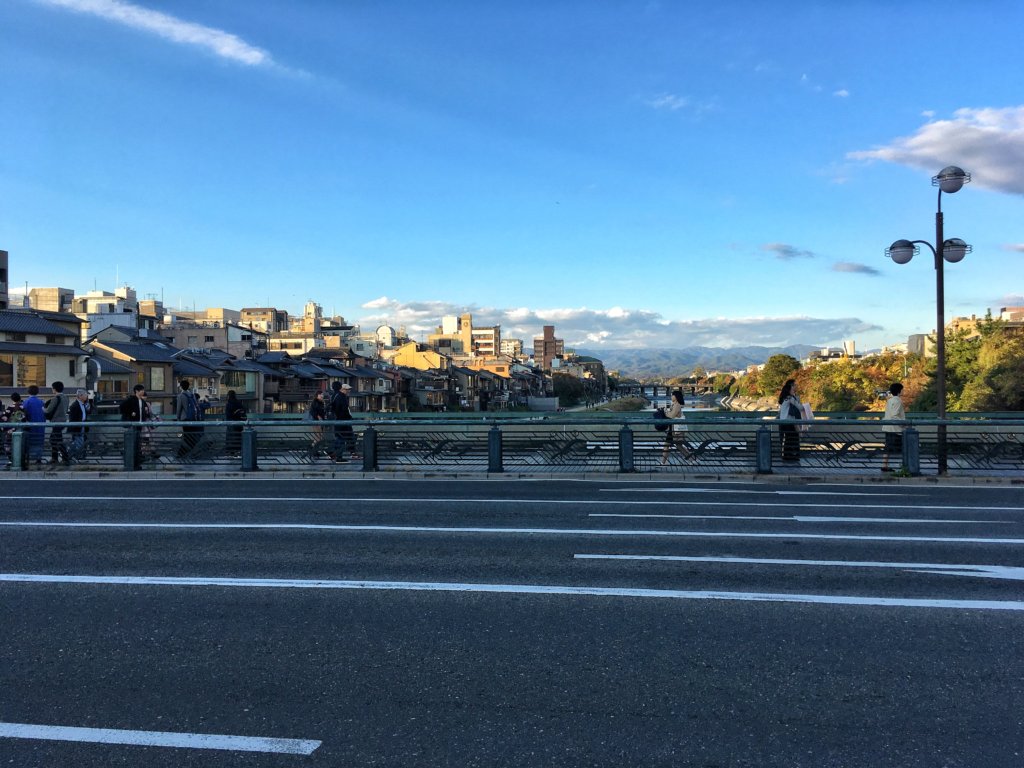



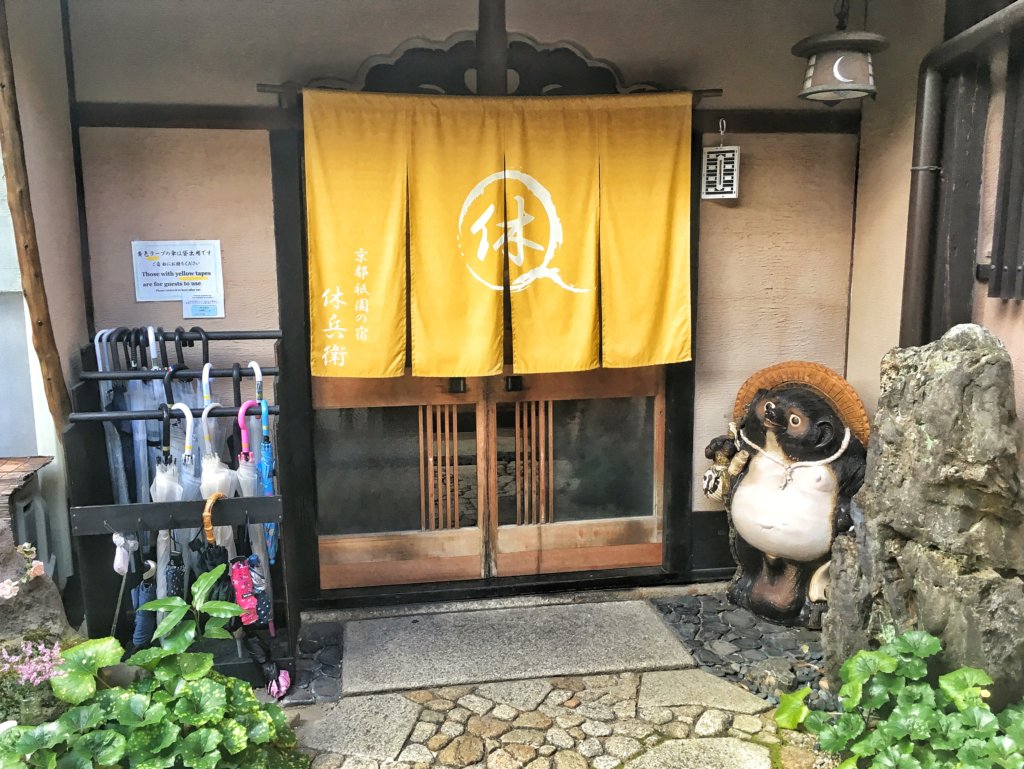
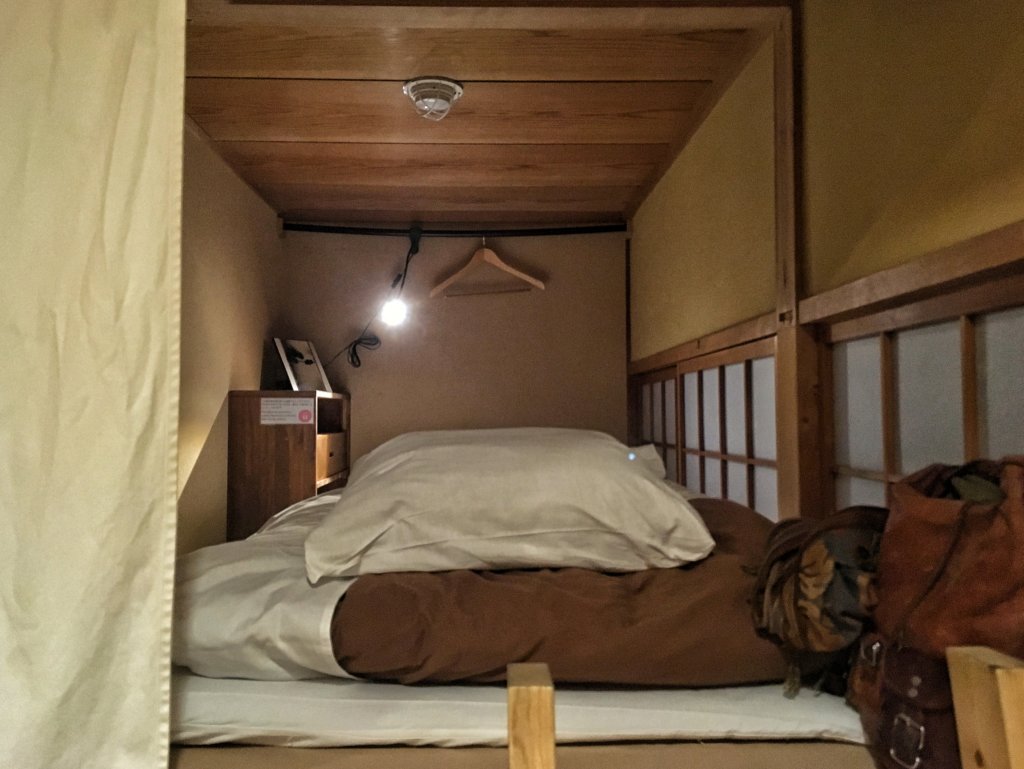
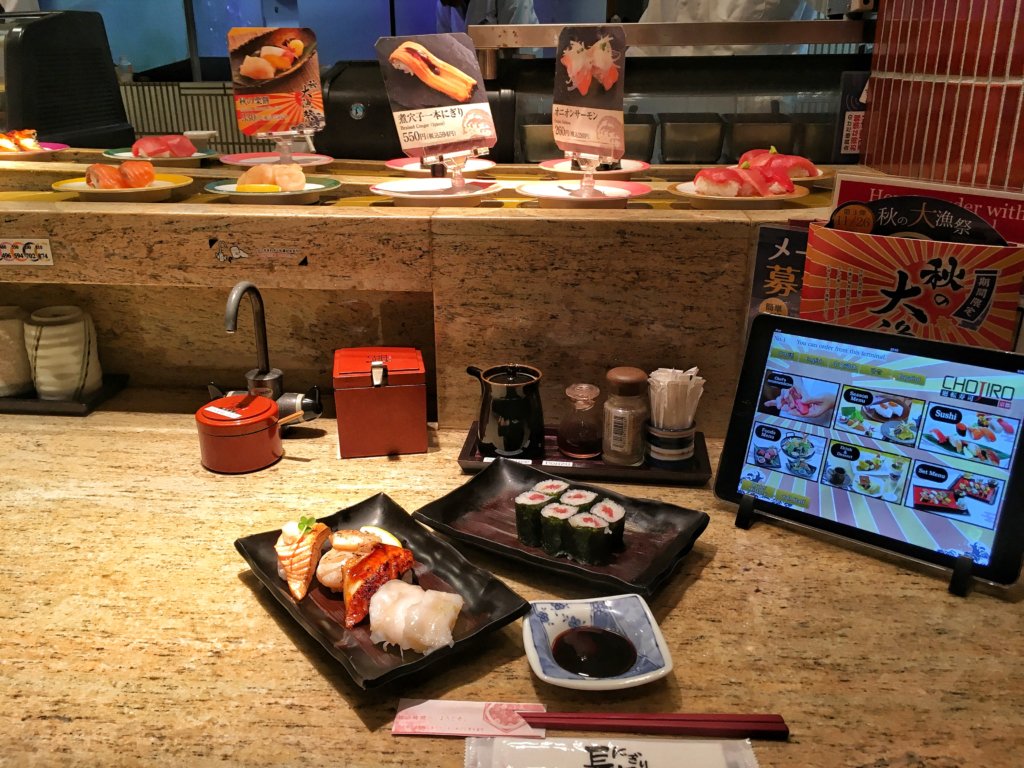
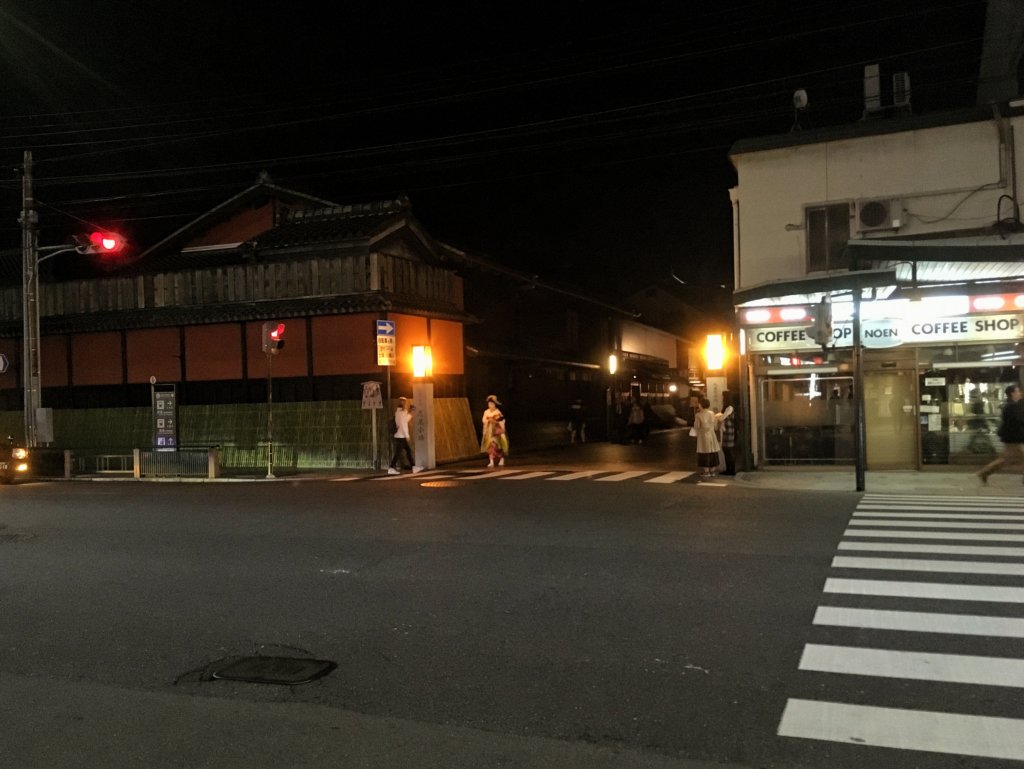
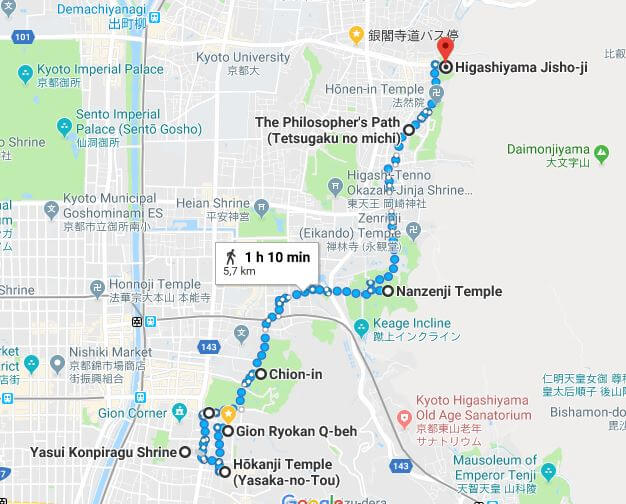
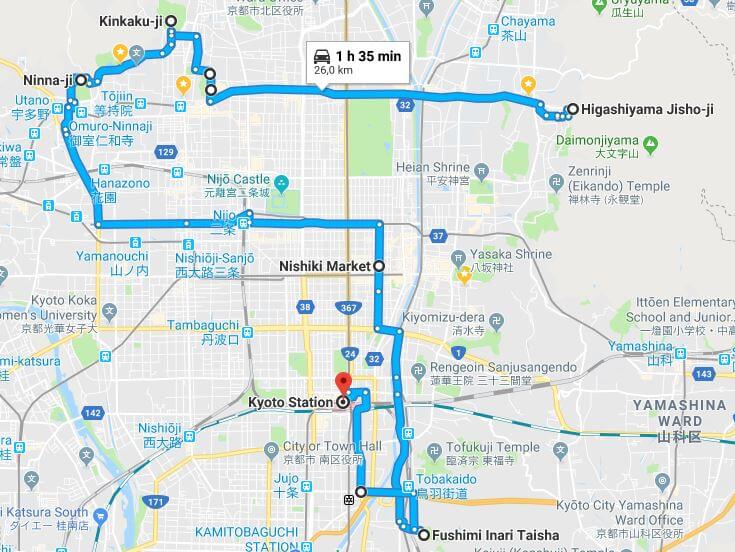
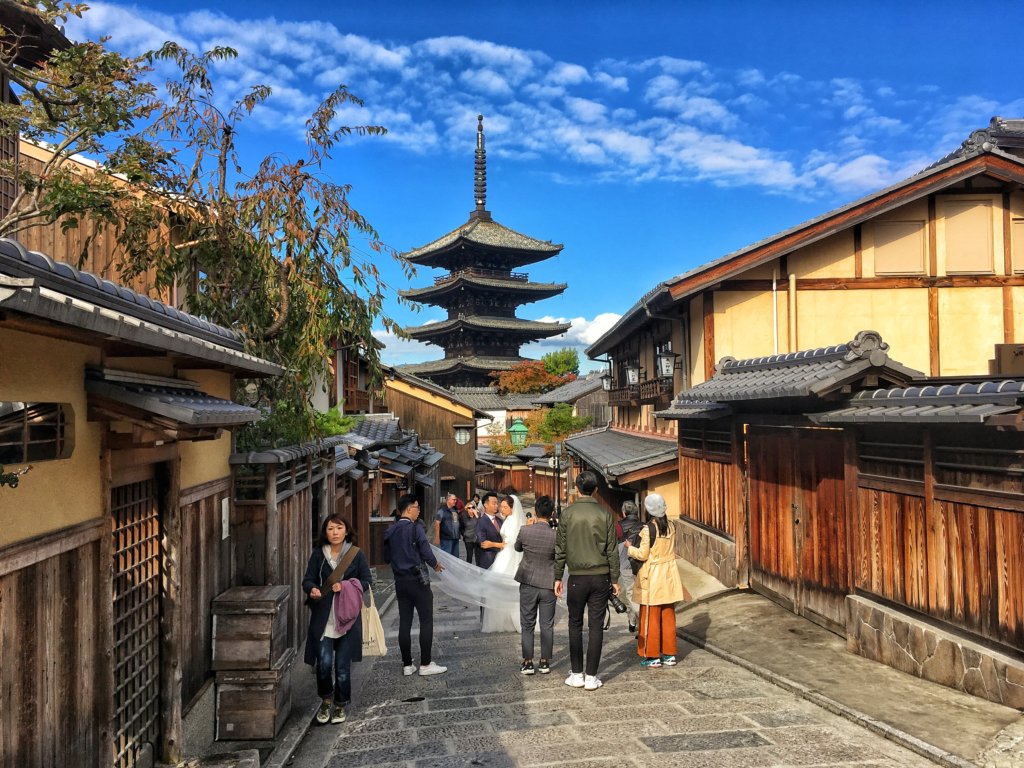
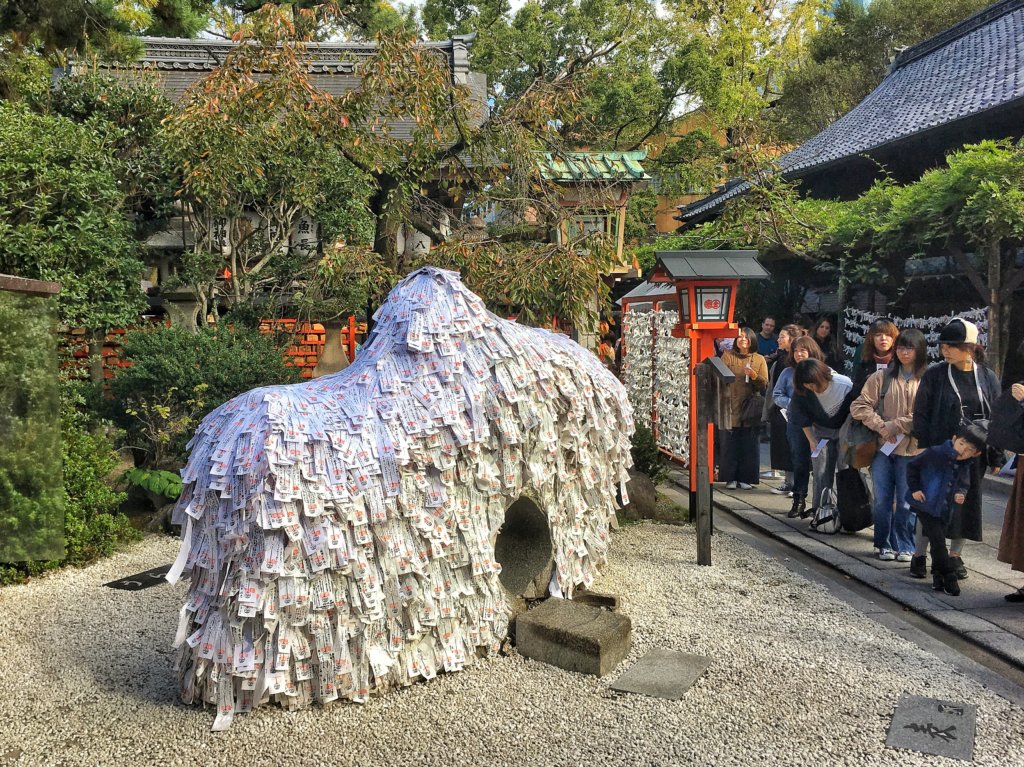
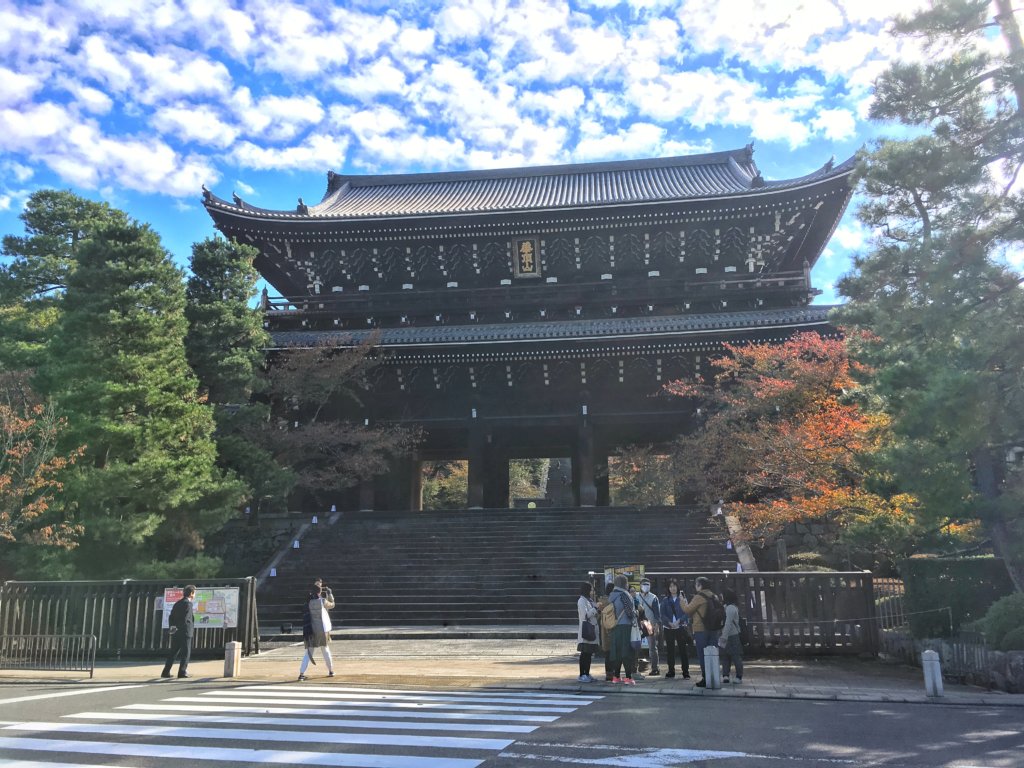
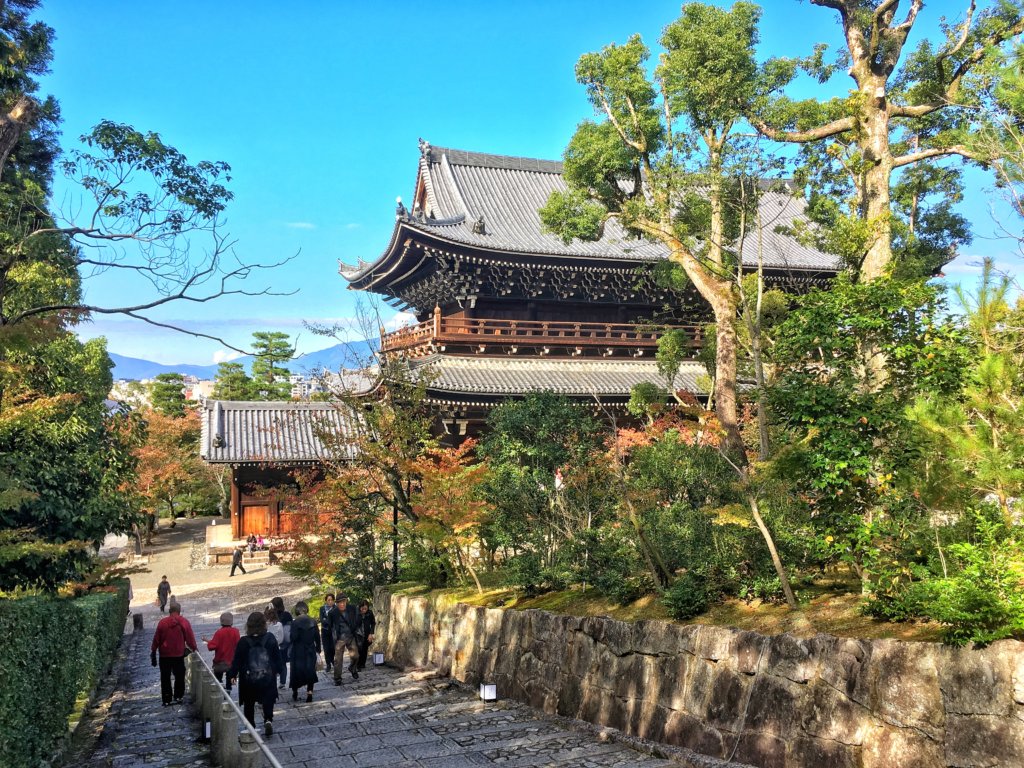
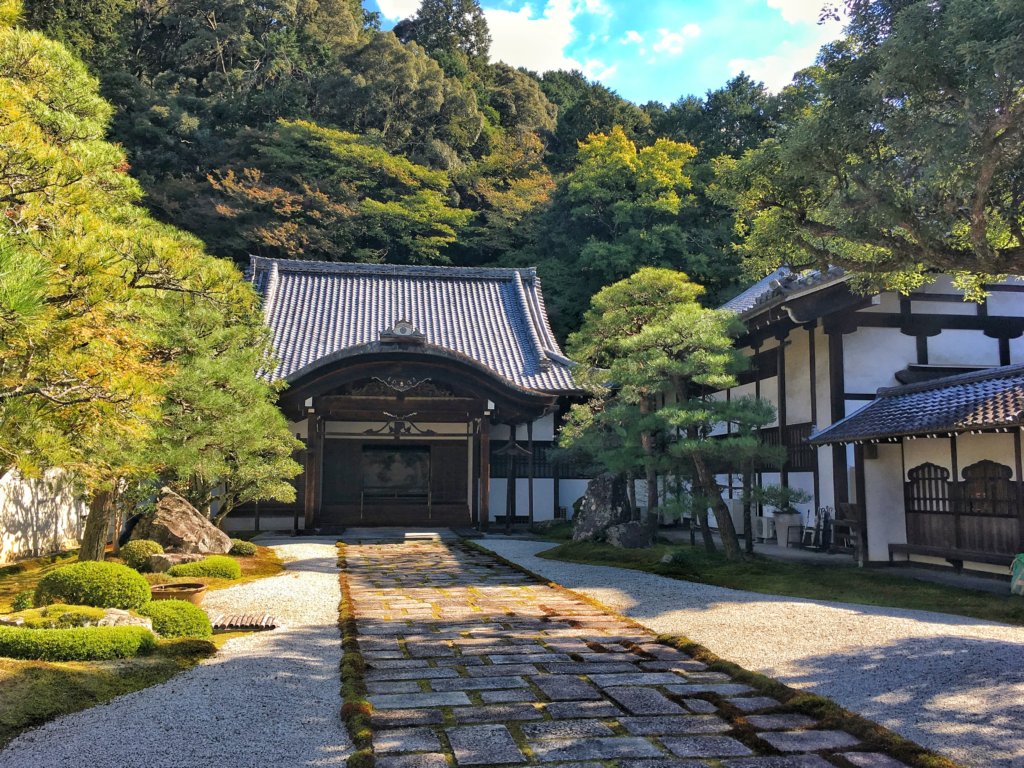
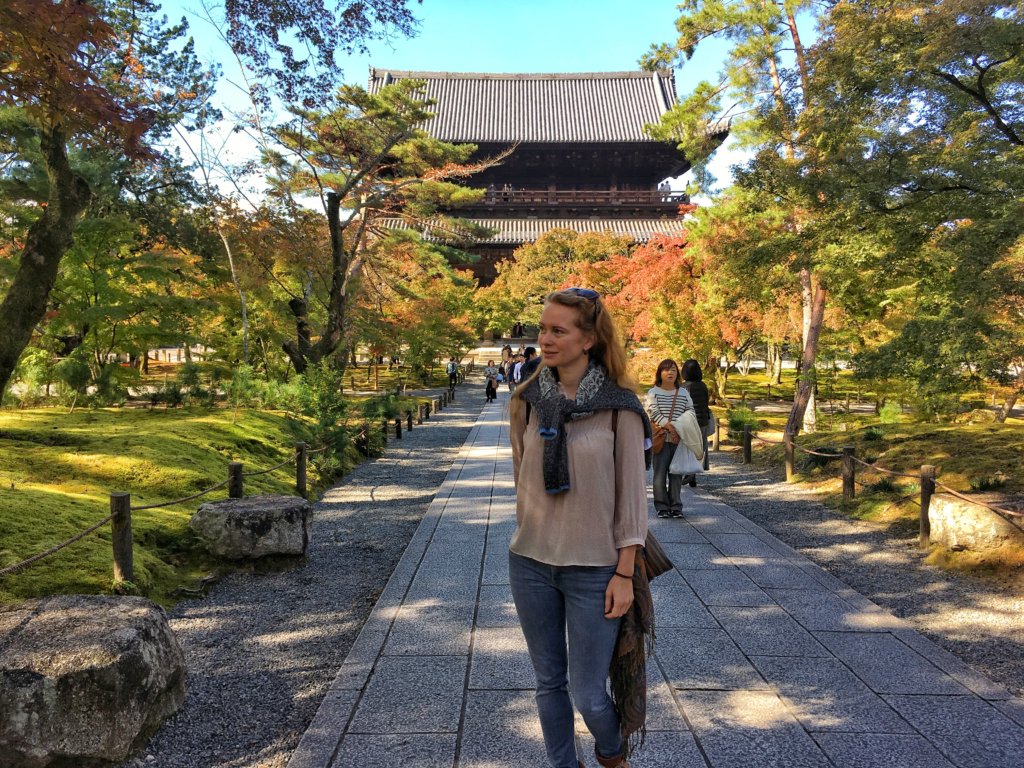
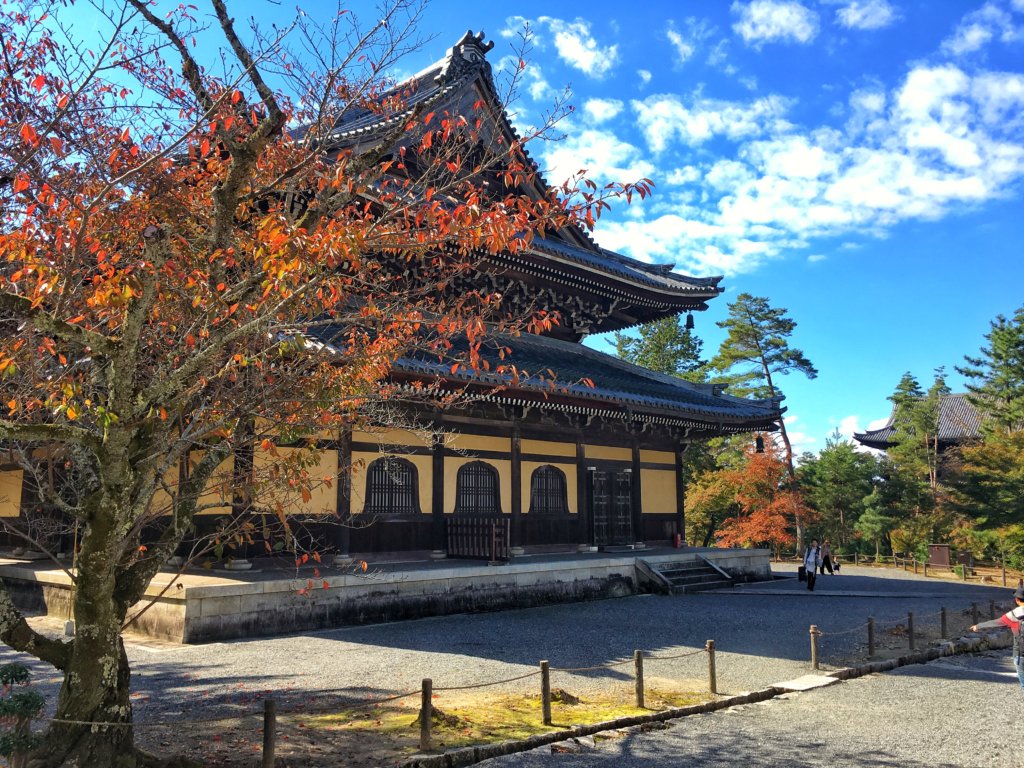
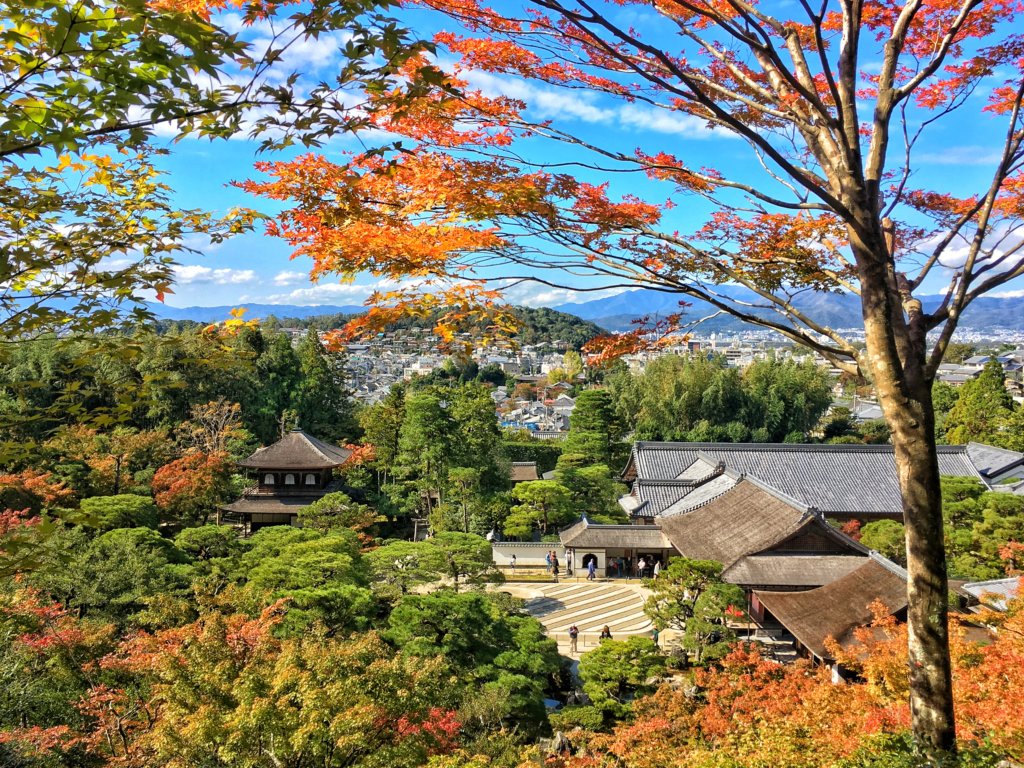
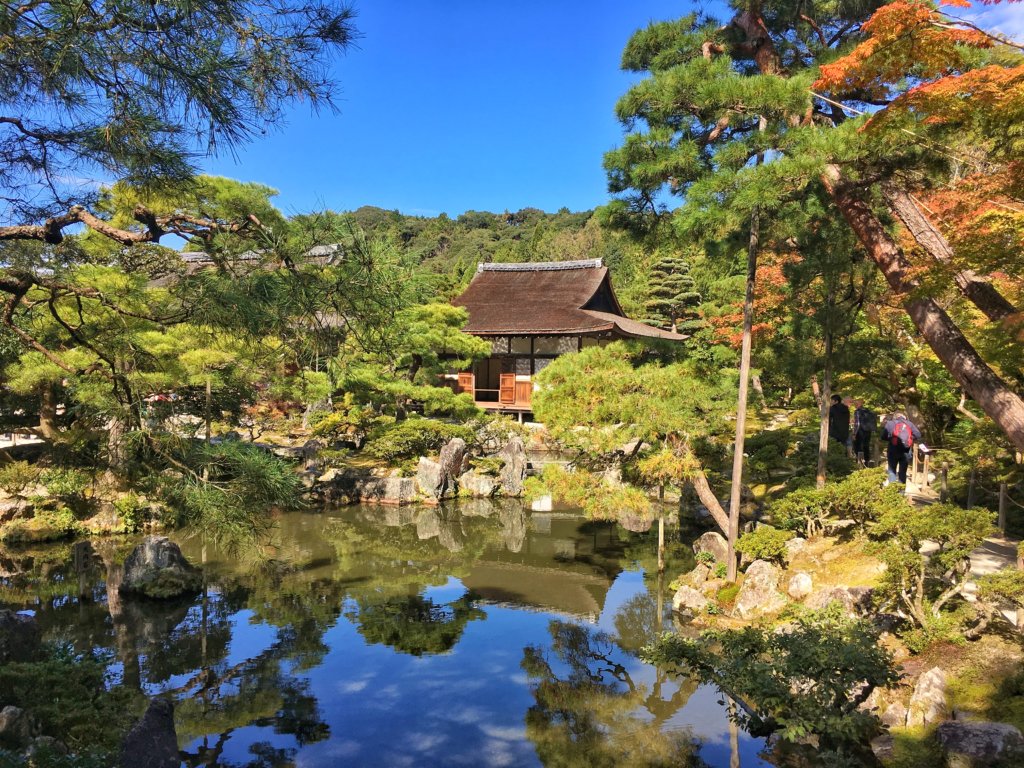
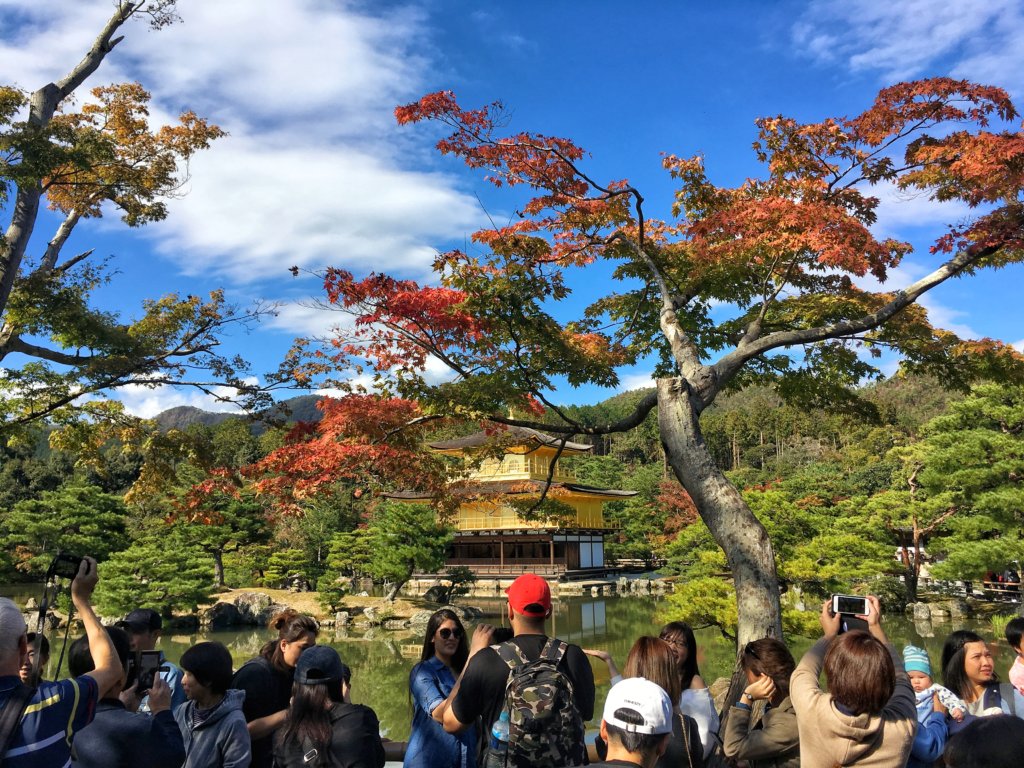
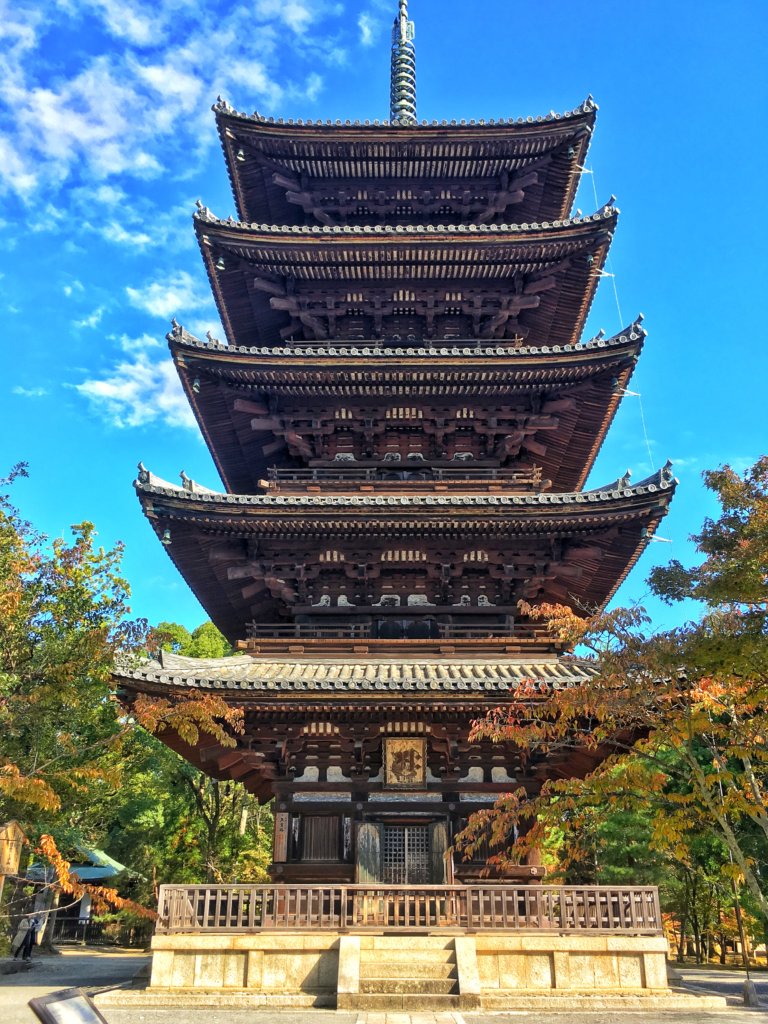

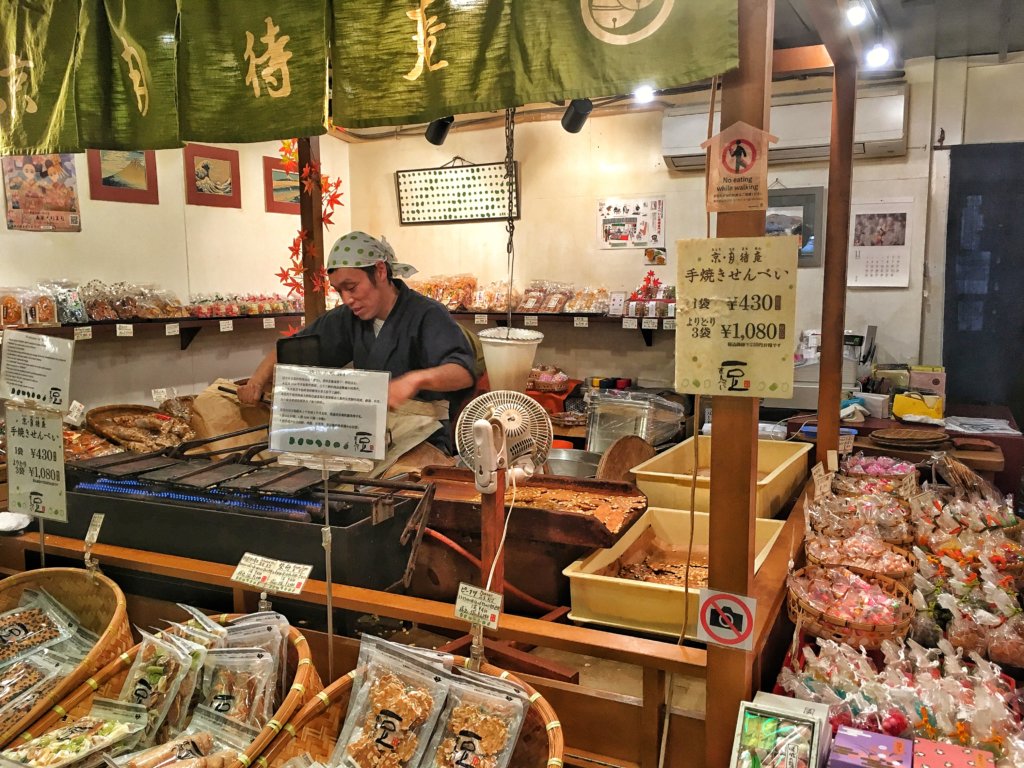

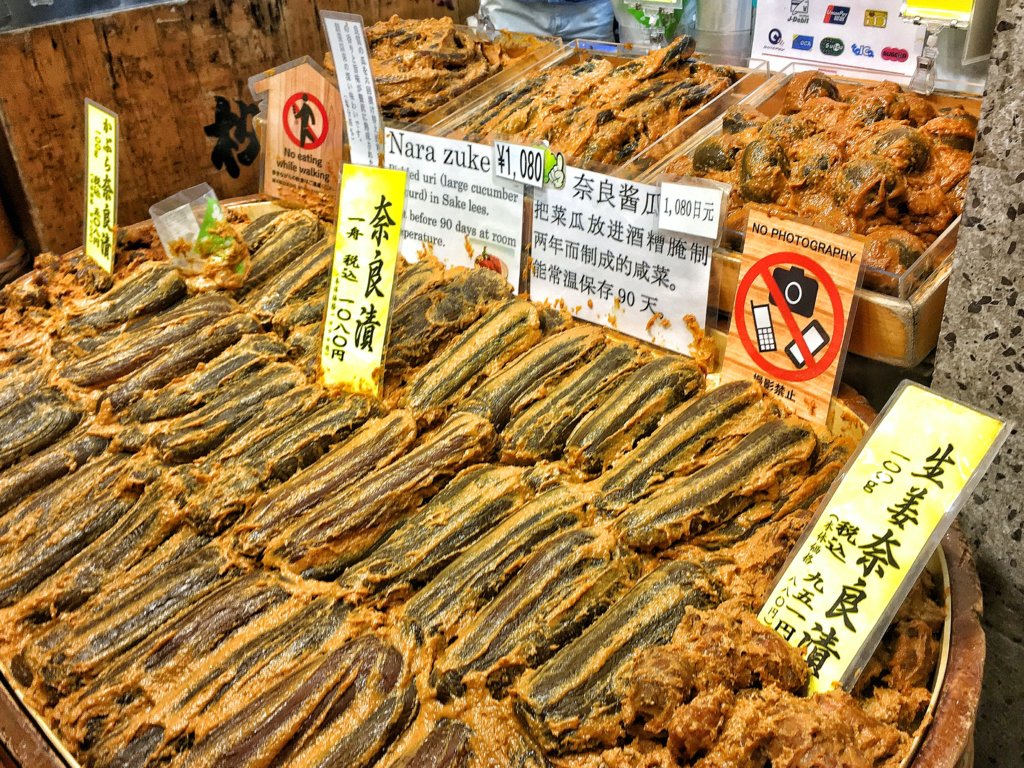
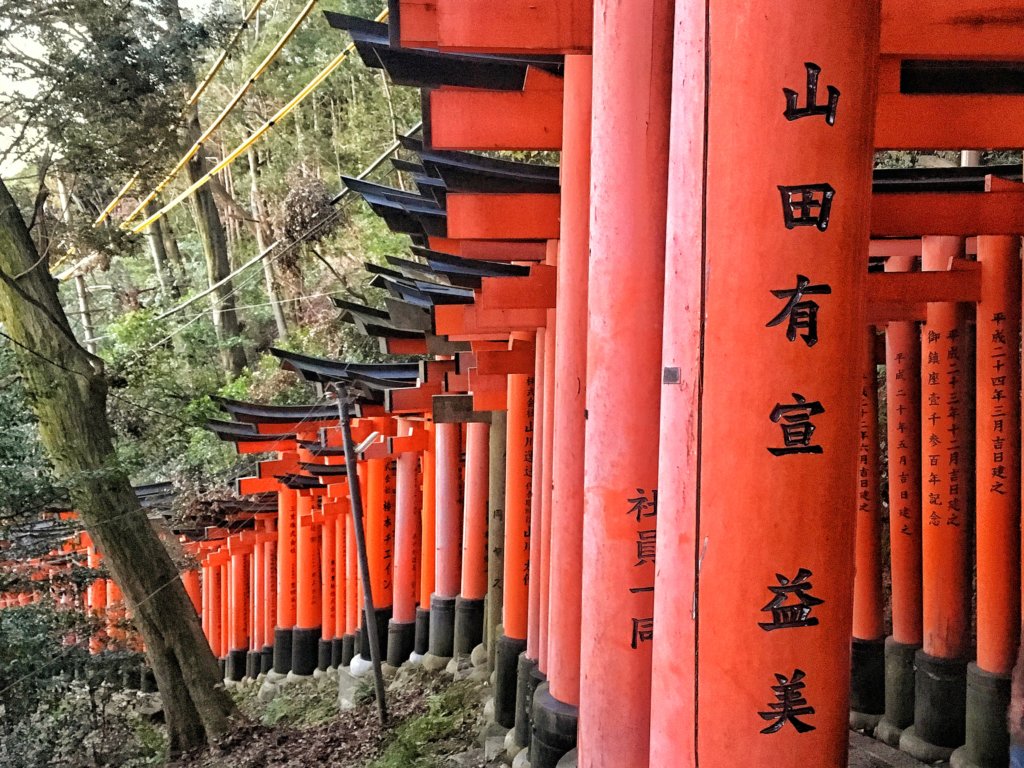
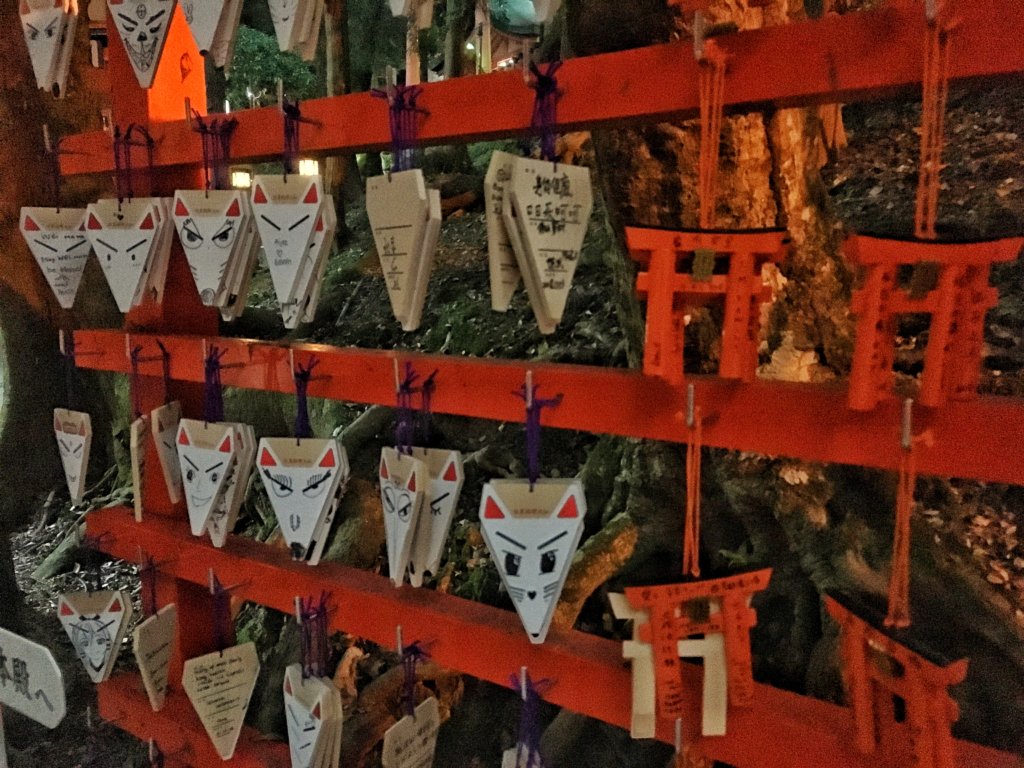
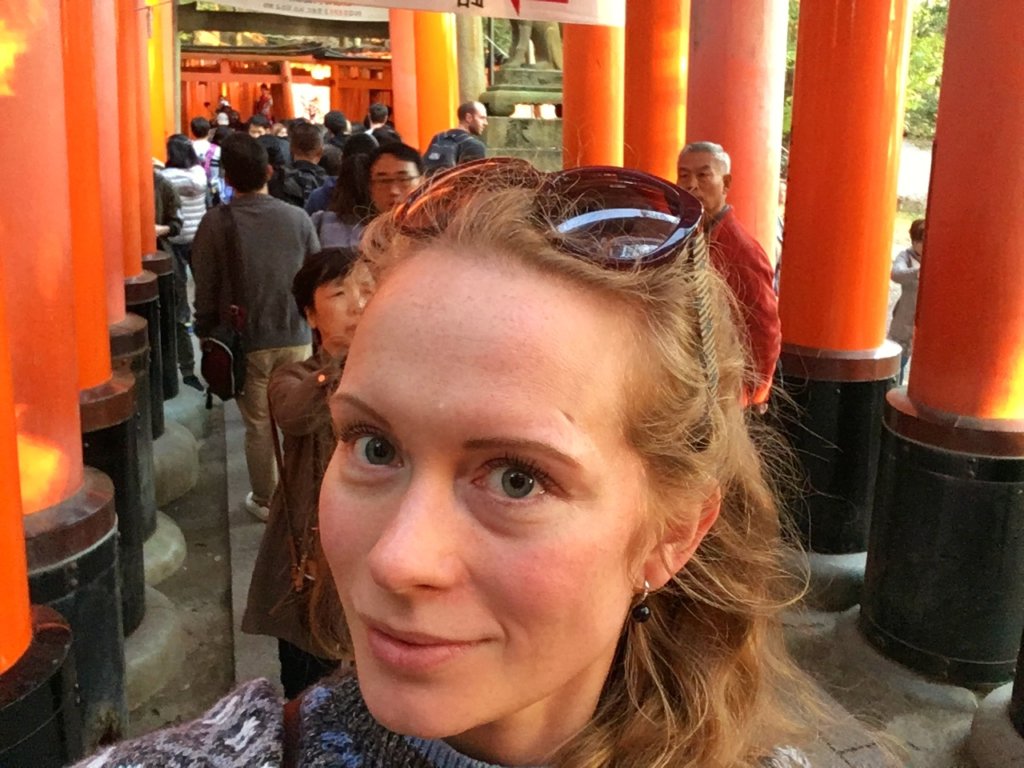
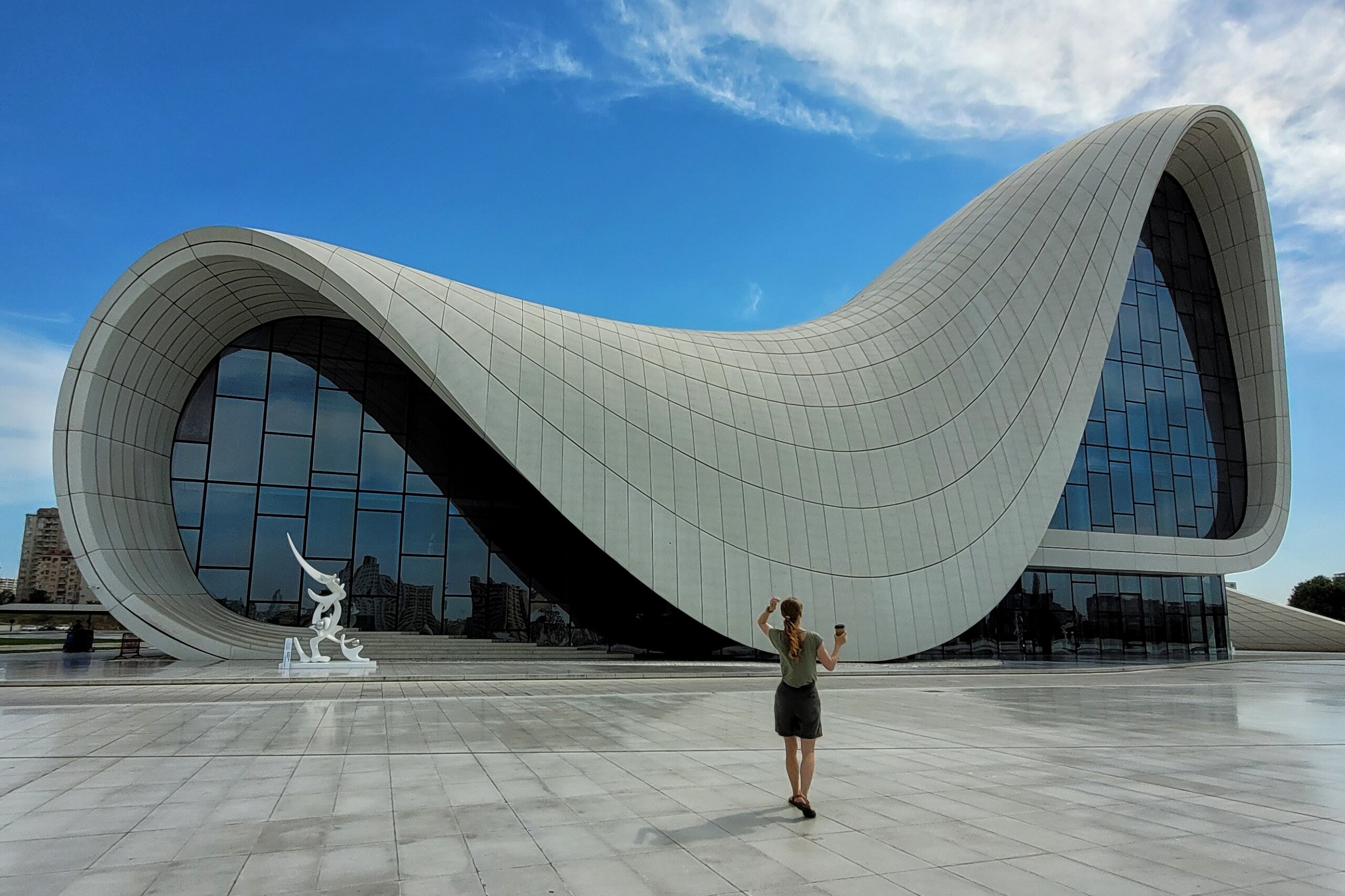
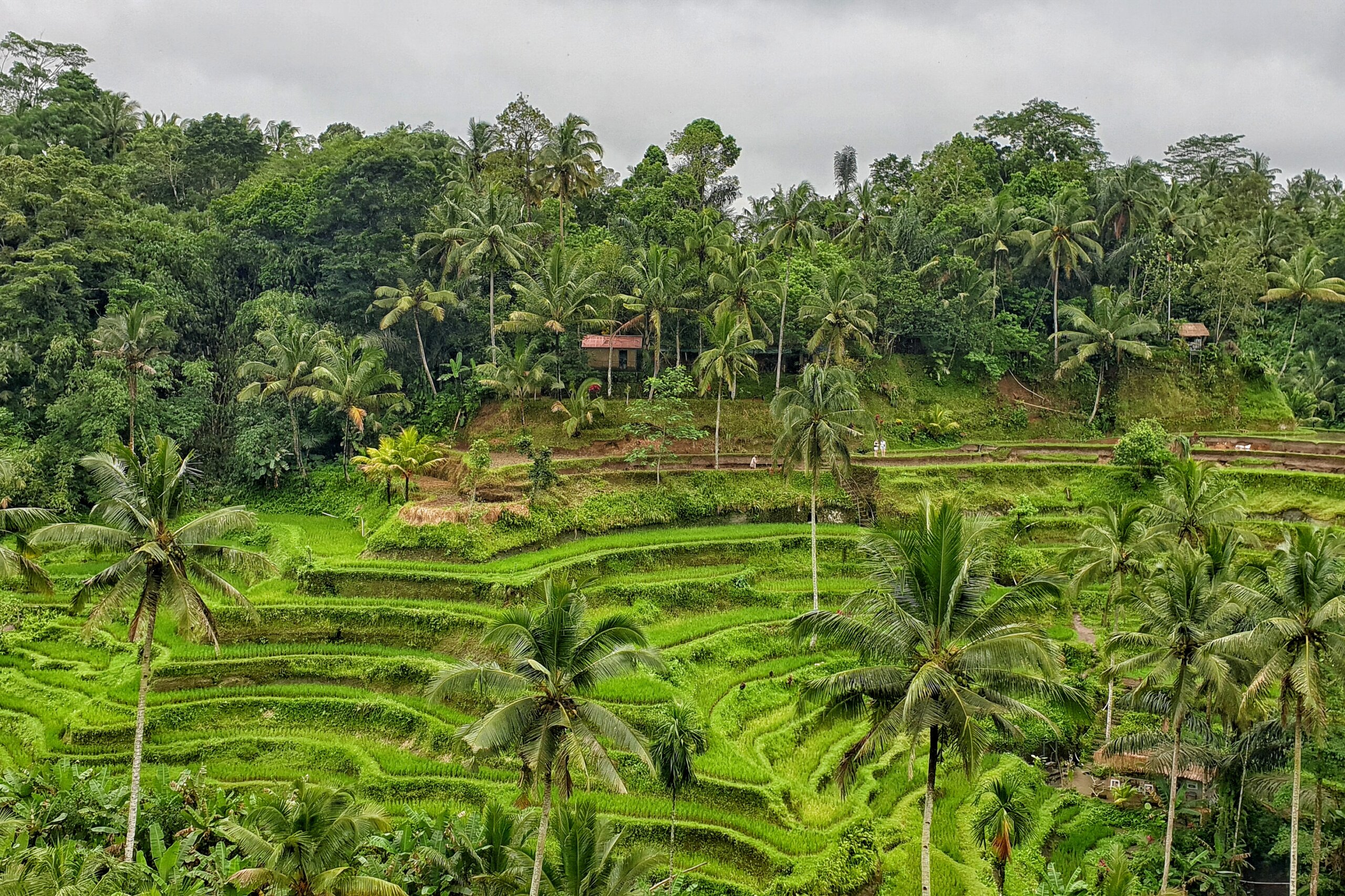
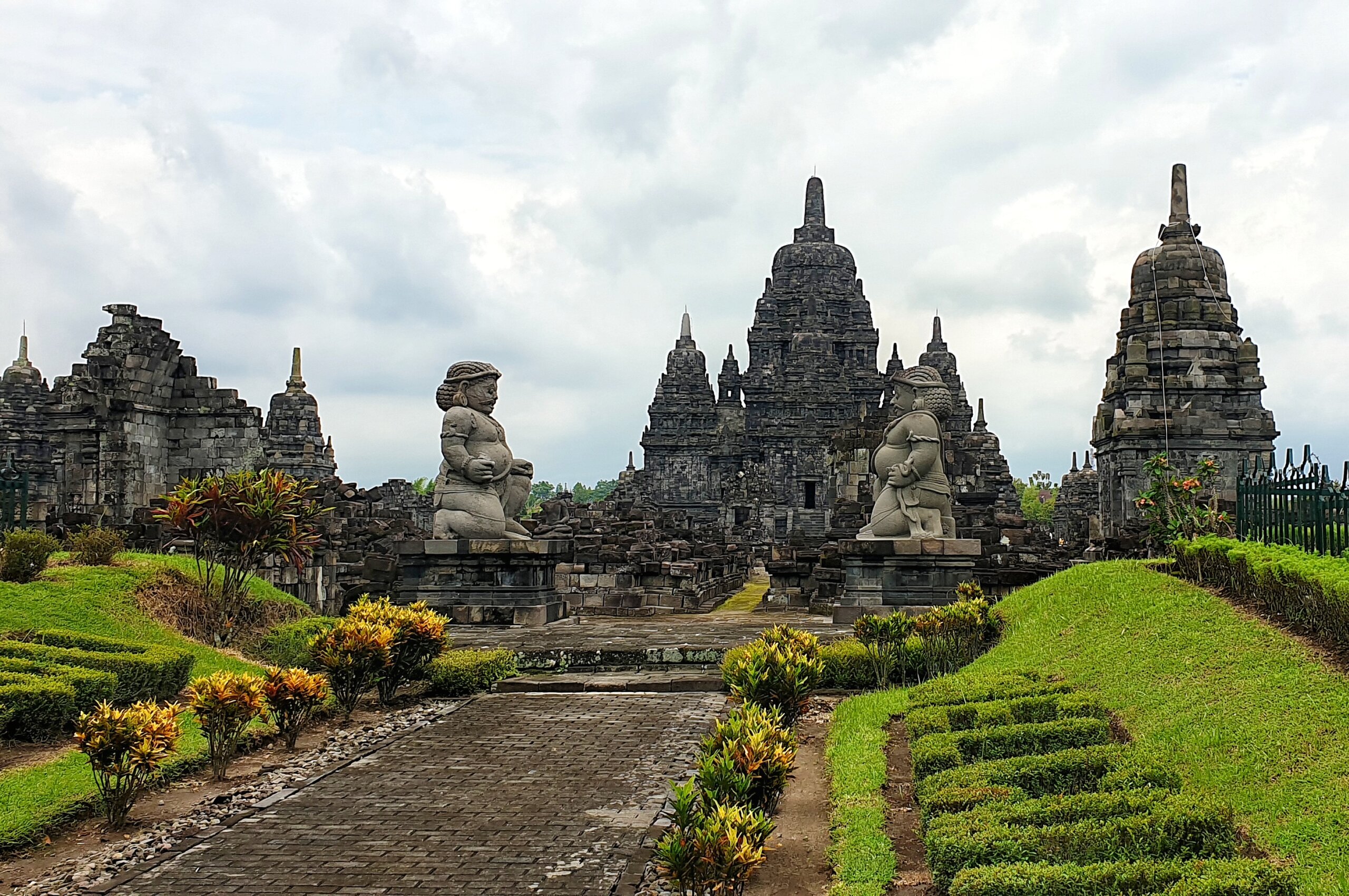
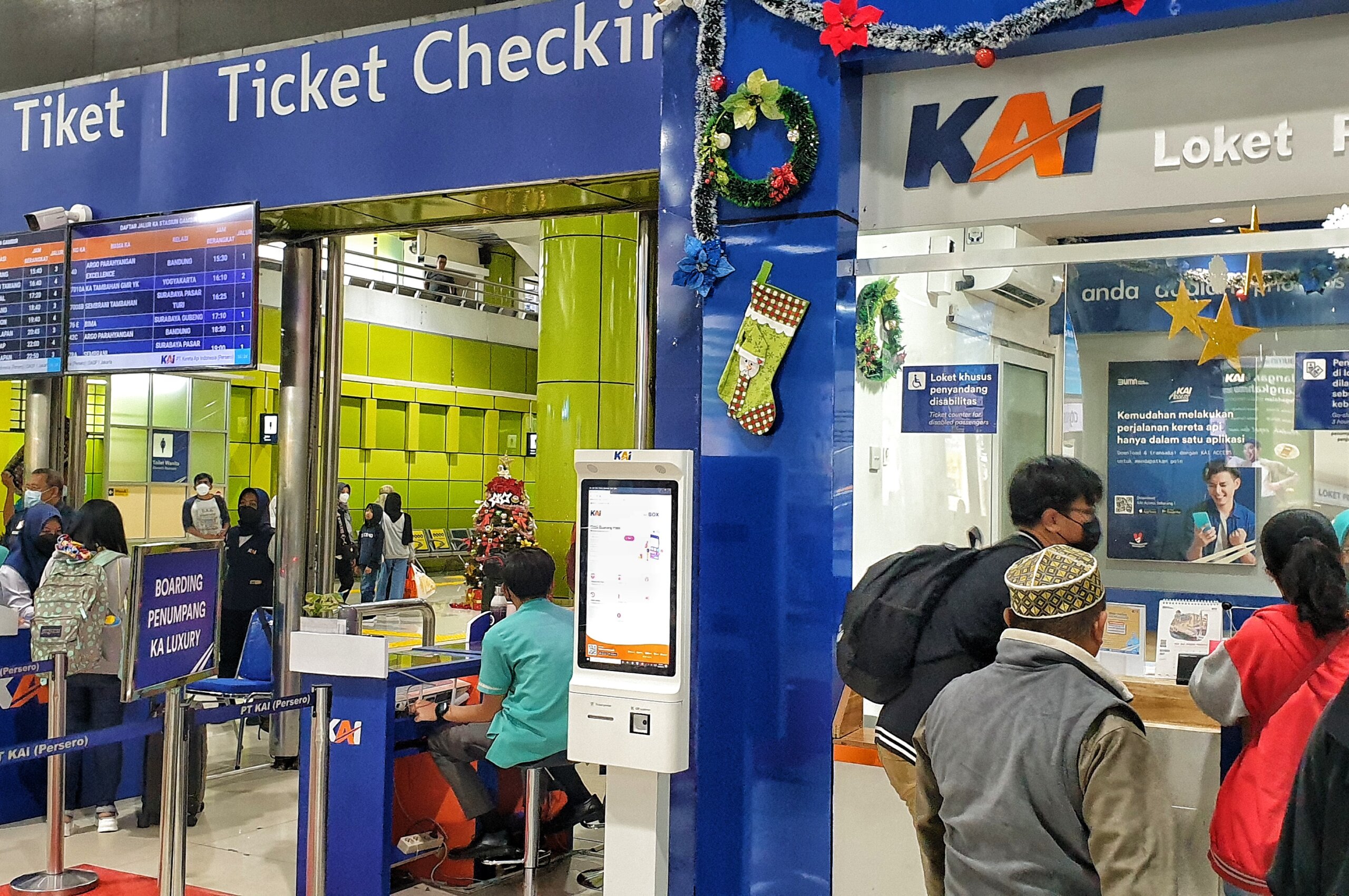
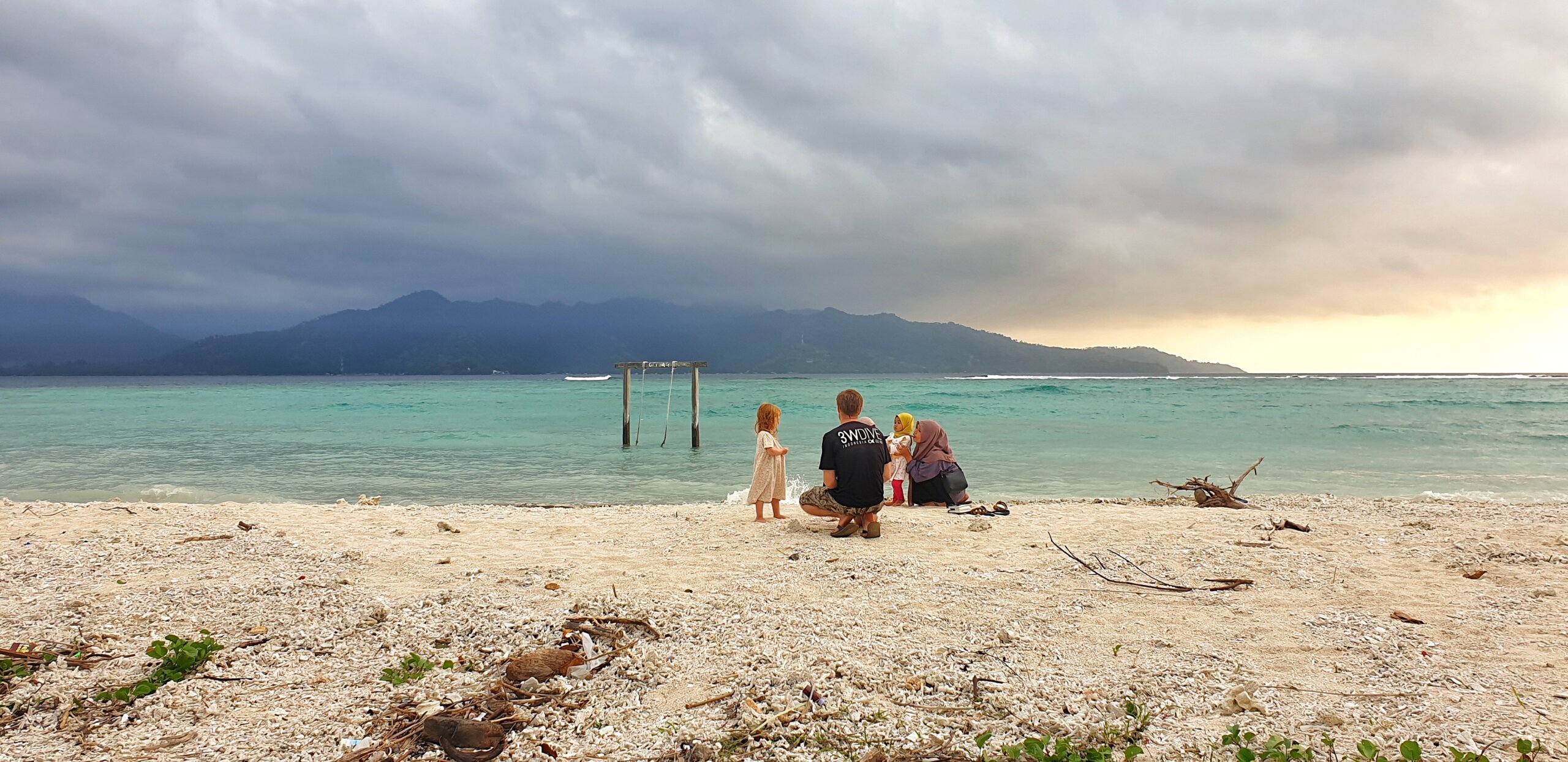


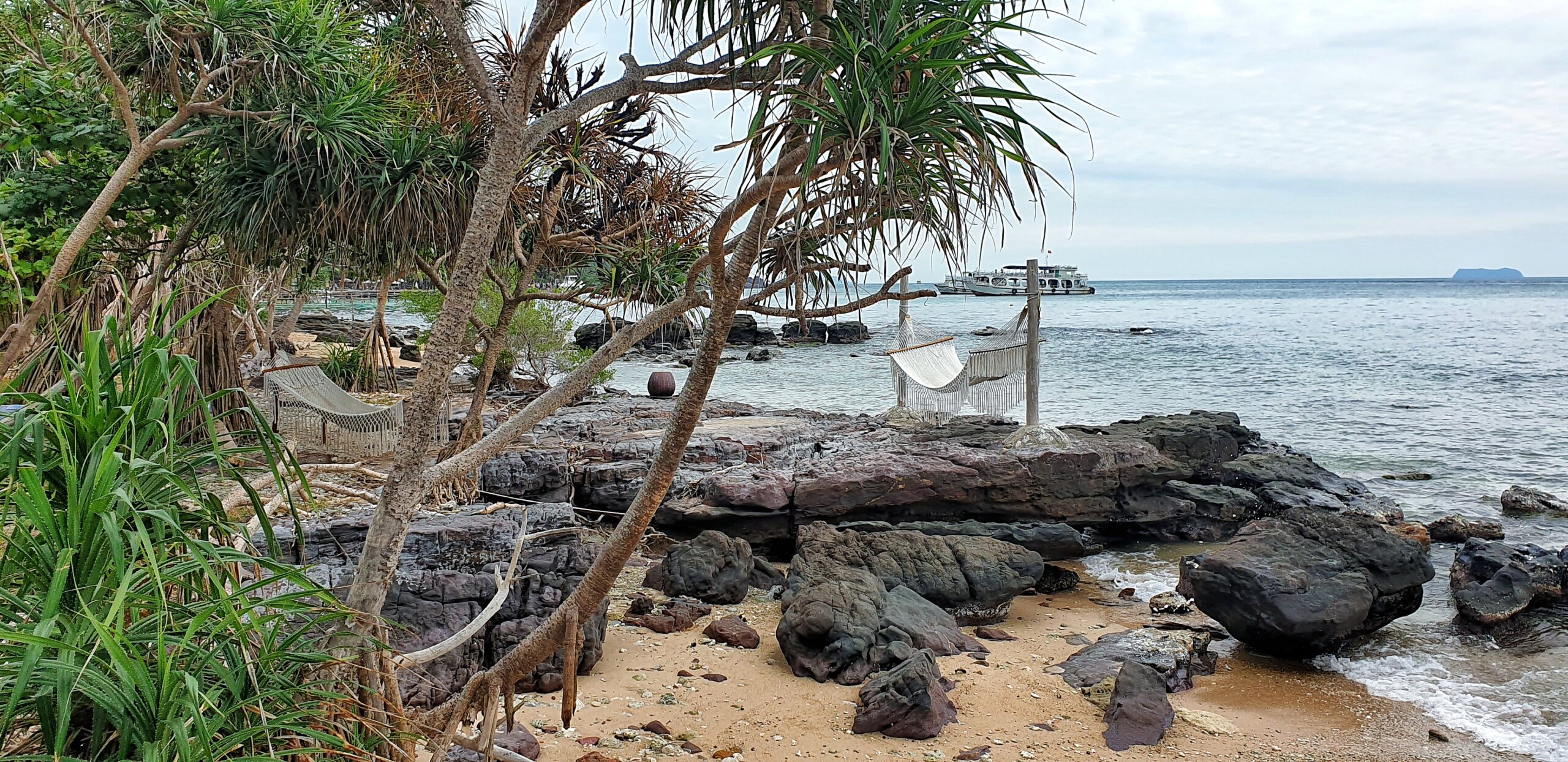

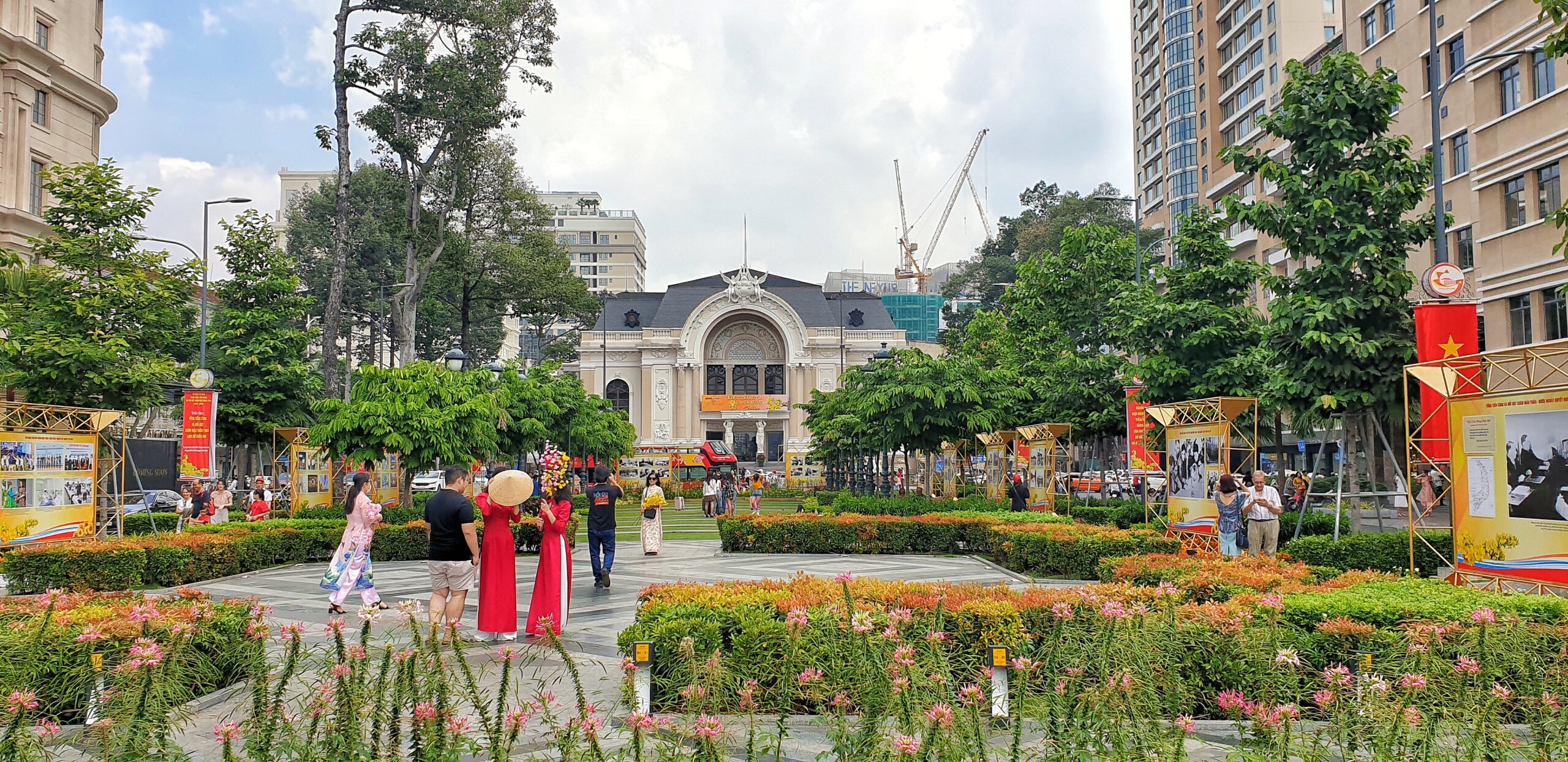
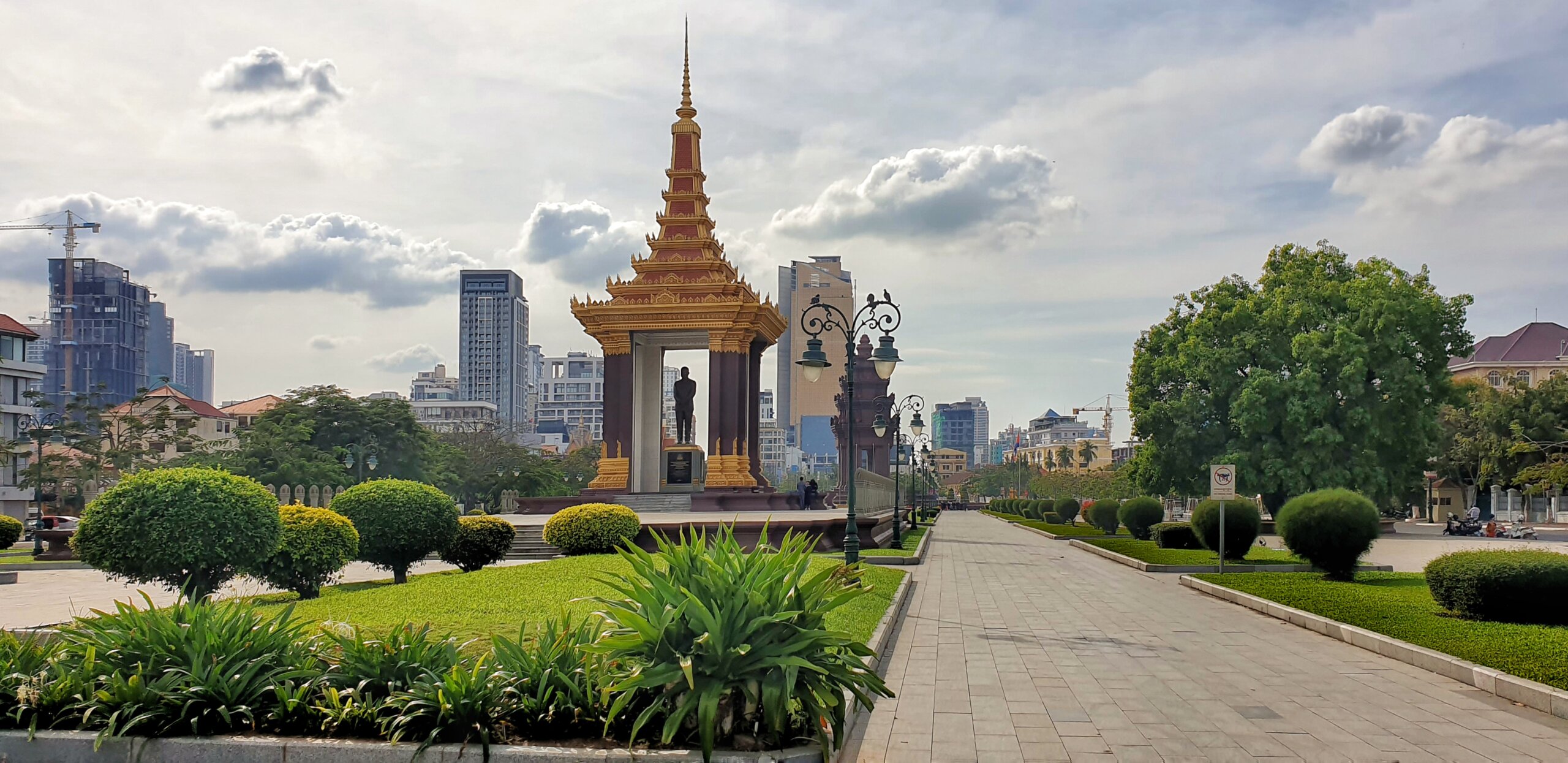
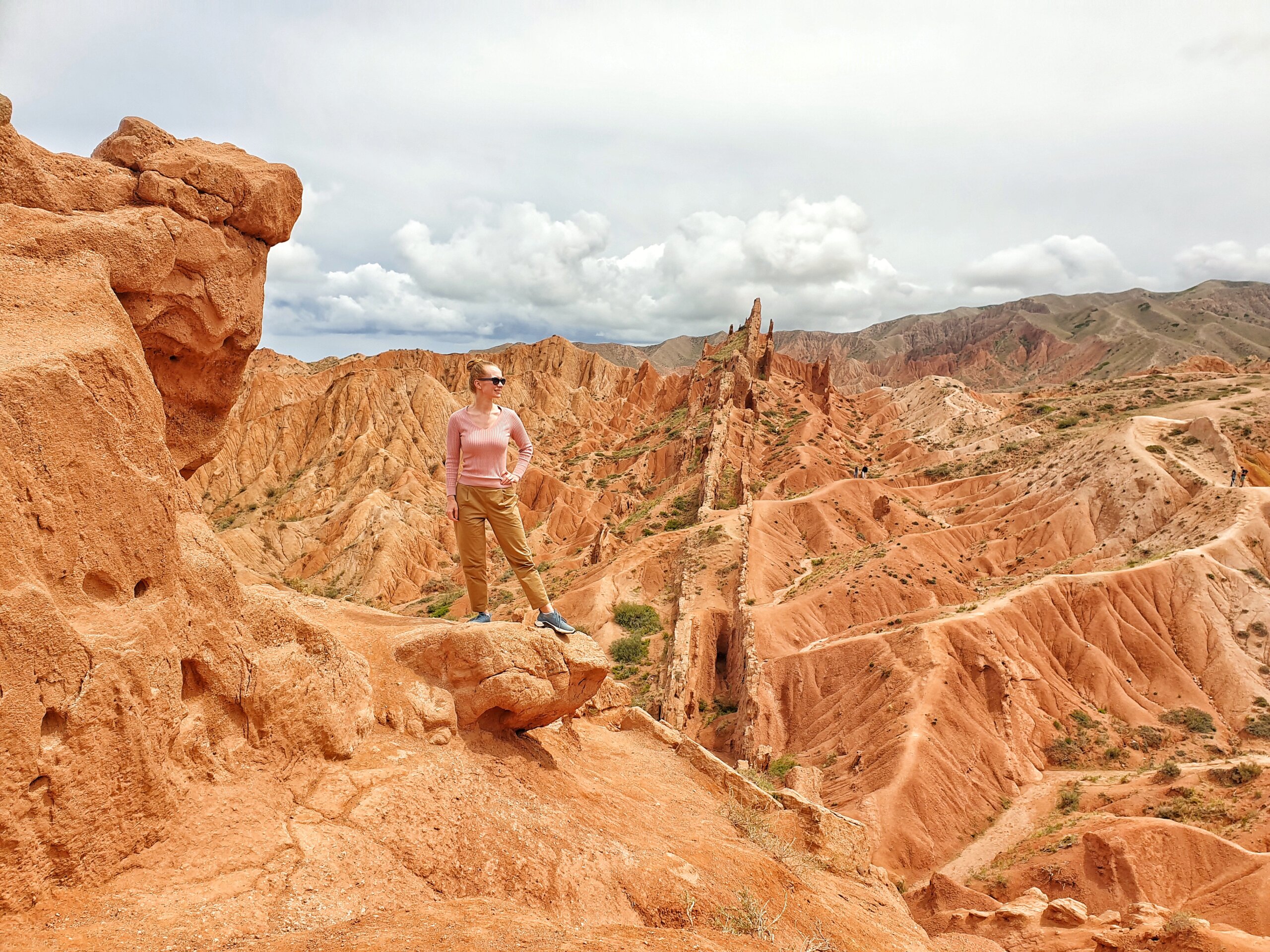
Leave A Comment